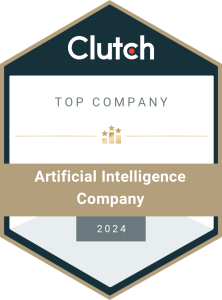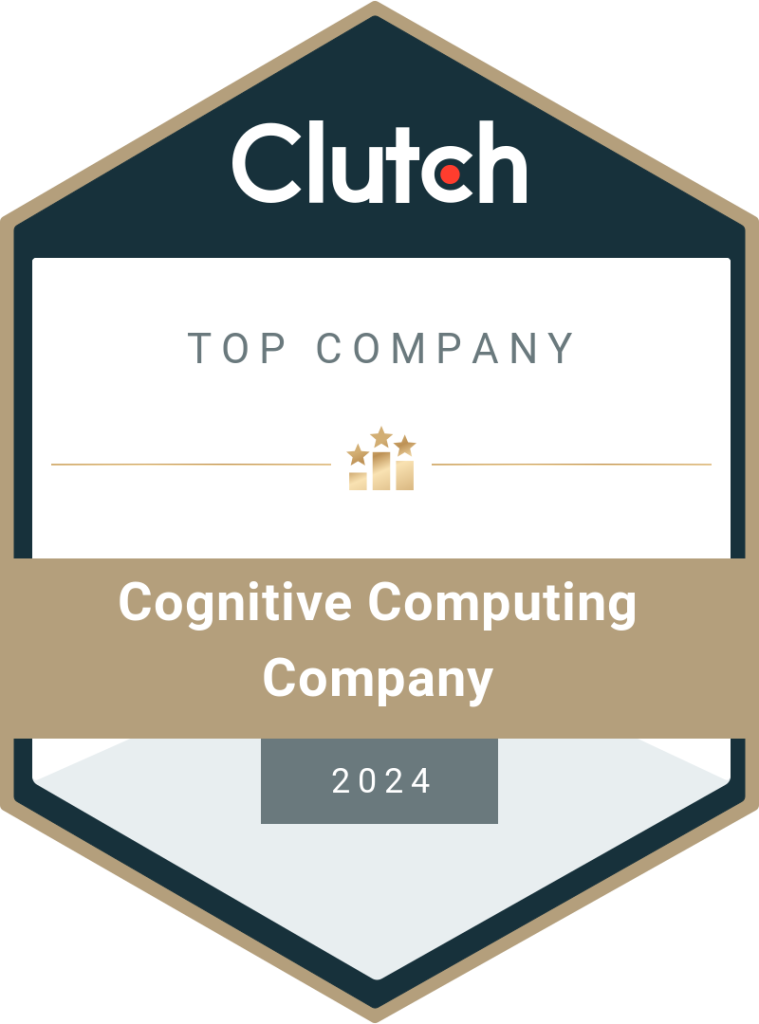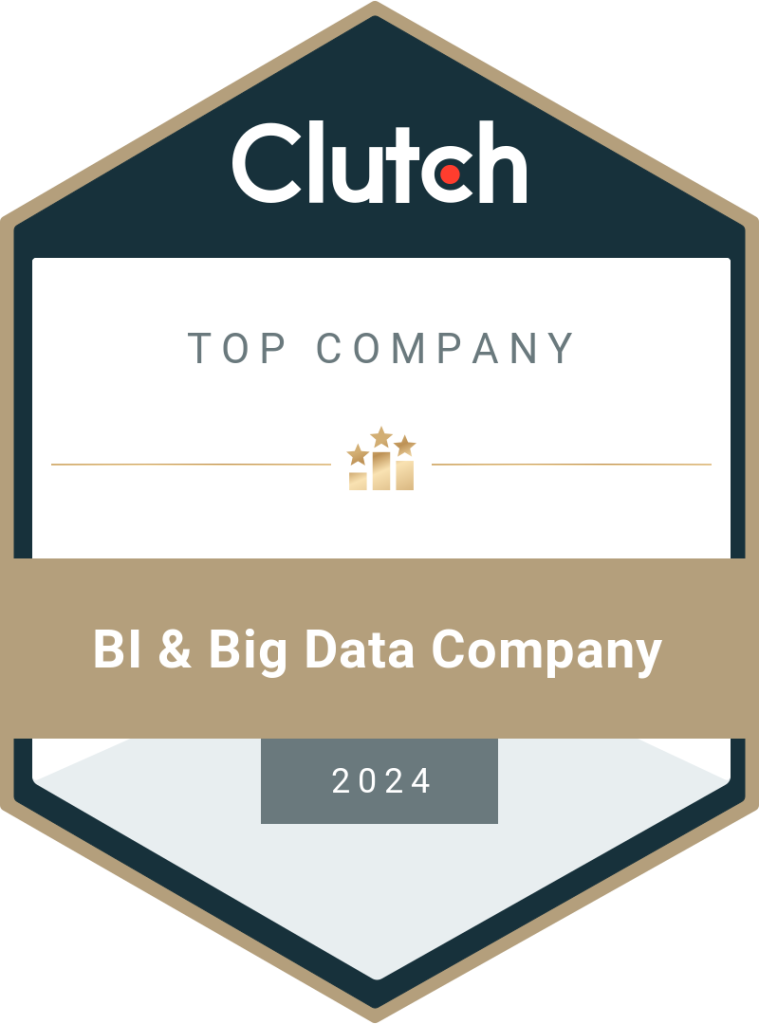Role of Machine Learning in the Medical Industry
Technology in healthcare helps provide better treatment and save lives. But do you think it is as simple as it sounds? Quality of services, valuing human life, and delivering better outcomes are the primary purposes of using advanced technology like Machine Learning or ML in medicine. Businesses and SMEs are extensively adopting artificial intelligence and machine learning (a subset of AI) in various industries. The medical sector is no different. Many research centers and healthcare organizations have recognized the potential of machine learning and are actively improving their patient care services and administrative processes and systems. Machine learning algorithms become more accurate as they gather and process data over time. As a result, it increases accuracy and efficiency. From screening a patient to prescribing the right medicines, AL can empower the healthcare providers to understand the patients’ condition down to the minute details. Machine Learning and Healthcare ML services help in automating recurring tasks. It saves time for the nurses and allows them to focus on the patient rather than spend their energy on filing records, processing claims. Patient management is one of the most challenging things to handle for healthcare centers. Artificial intelligence and machine learning can help streamline the processes to provide high-quality treatment and services to patients. Chatbots are not the only way to use machine learning. Machine learning is fast becoming a part of the pathology, oncology, and other such departments. ANN (artificial neural networks) helps with image modeling, disease diagnosis, identifying harmful cells (cancerous cells) in the early stages, and so on. Of course, this is only limited to direct patient care. Machine learning algorithms are just as valuable for medical research, where labs run clinical trials, discover and develop new drug combinations, and process a vast amount of historical and real-time data to study and control the spread of an outbreak or an epidemic. It is one of the main reasons why the demand for artificial intelligence in the medical industry has doubled during the last year. The Covid-19 pandemic resulted in various researchers and healthcare centers relying on technology to understand the spread of the virus and look for ways to stop it. Role of ML in Medicine Several organizations hire offshore machine learning consulting companies to implement AI technology in their processes. ML has various roles to play in the medical industry, and here are some of the most important ones. 1. Improving Health Records Data entry might have become more accessible during the last few years, but maintaining the health records up to date is still a labor-intensive job. Nurses and the non-medical staff spend a lot of time updating the records. If this were to be handled by machine learning, wouldn’t it save time, money, and other resources? AI can help build and maintain smart health records for every patient: – Whether it is about storing the records on the cloud and making them easily accessible to the medical staff or – Using ML-based handwriting technology to understand and convert written files into other formats. When the necessary patient details are already available on the file, the doctors will have more data to understand the patient’s medical condition. Hence, it contributes to a higher quality of treatment. 2. Diagnosing Diseases It would seem quite natural that machine learning is very good at diagnosing diseases. This is one of the prominent areas where machine learning is highly effective. Machine learning algorithms can quickly identify diseases like cancer that are hard to diagnose early (especially skin cancer). IBM Watson Genomics by IBM Watson Health in partnership with Quest Diagnostics is a prime example. Using genome-based tumor sequencing with cognitive computing, harmful cells were detected faster and with greater accuracy. Artificial Intelligence consulting services are used by healthcare centers for predictive analytics to diagnose brain diseases like depression. Furthermore, it helps plan a proper treatment chart for the patient before getting too late. 3. Manufacturing Drugs Research and development (R&D) is an inherent part of the medical industry. By using machine learning during the early stages of discovering and developing drugs, researchers can know the possible outcomes and the success of using the medicine to cure a disease. Researchers can identify the potential side-effects of using the drug and find alternate components to reduce the side-effects while increasing efficiency. Next-generation sequencing and precision medicine are two AI technologies used in discovering and manufacturing drugs. Precision medicine helps in identifying multifactorial diseases and finding alternative therapies. Project Hanover (by Microsoft) used ML technology to treat cancer and helps in personalizing the drug combination for patients suffering from Acute Myeloid Leukemia. 4. Personalized Treatment and Medicine Personalization is seen everywhere, and the medical industry is no exception. It helps to provide better and accurate treatment to patients based on their health conditions rather than based solely on the disease troubling them. In a way, this point is an extension of the previous one. Though doctors can only choose from a limited set of data, ML makes giant leaps in this region. IBM Watson Oncology is the first thing that comes to mind when you talk of using the patients’ history to predict their health and make a list of treatment methods that are best suited for their conditions. 5. Diabetes Prediction Diabetes is both common and dangerous. It leads to more health complications by damaging other vital organs in the body such as the heart, kidneys, and even the nervous system. While type-2 diabetes is something many people are familiar with, type-1 diabetes (also called juvenile diabetes) is still not known by many. Do you know that WHO estimated around 1.5 million deaths in 2019 due to diabetes? Using Artificial Intelligence in Healthcare to predict diabetes can help physicians detect the disease in its early stages and help patients find the correct method to control their blood sugar levels. Predicting diabetes can save lives and allow the patients to lead a quality life. 6. Liver Disease Prediction Fatty liver or liver cirrhosis is a liver disease caused by alcohol abuse. The simplest
Read More






